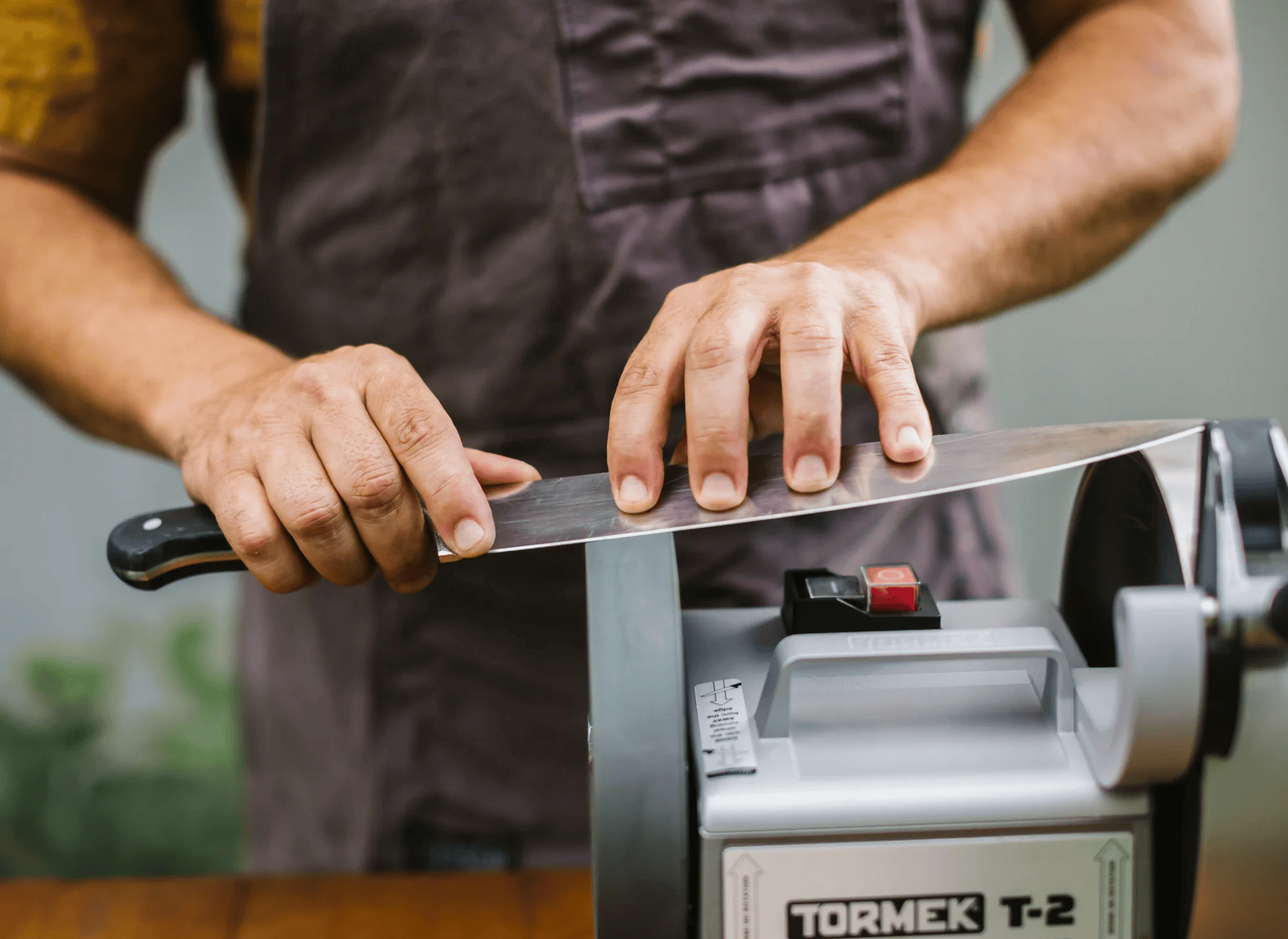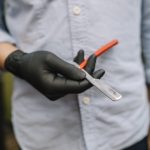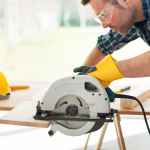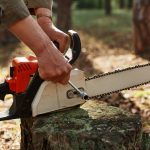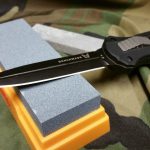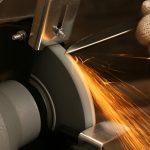In a world where sharp tools are essential for chefs, stylists, landscapers, and DIYers, choosing a quality sharpening service is more important than ever. As demand grows for mobile services and quick fixes, it can be tempting to opt for the cheapest option. But not all sharpening services are created equal—and a poor job can damage your tools permanently.
If you’ve ever wondered whether you’re getting the expert edge your tools deserve, this guide will help. We’ll cover five signs you’re working with a true professional—and three red flags that should make you think twice.
1. They Use the Right Equipment for the Job
A quality sharpening service doesn’t rely on a one-size-fits-all machine. Sharpening knives, scissors, garden tools, or woodworking blades requires different angles, techniques, and equipment. Professionals will use precision tools such as:
- Water-cooled sharpening systems (to avoid blade warping)
- Diamond abrasives for harder steels
- Honing tools to finish and polish the edge
If your service provider is using outdated grinders or “drag through” sharpeners, it’s a red flag. Ask what equipment they use and how they adjust based on your tool’s material and use case.
2. You Receive a Consultation or Evaluation
A professional blade sharpening service should offer more than just a quick pass over a wheel. Look for providers who examine your tools and ask about their use. For example:
- A chef’s knife used daily in a busy kitchen may need a different bevel than a home-use knife.
- A stylist’s shears require specialized attention to avoid damaging tension or curvature.
If your sharpener doesn’t ask questions—or seems rushed—it’s a sign they might not treat your tools with the attention they deserve.
3. Turnaround Time Balances Speed and Quality
We all love fast service—but too fast can sometimes mean sloppy. A quality sharpening service will typically offer a turnaround of 24–48 hours for most tools. Mobile sharpeners may do it on the spot, but even then, they should take time to inspect and test the edge.
In 2025, with more businesses leaning on mobile or drop-off services, it’s become even more important to choose someone who values craftsmanship over speed.
4. You Notice a Sharp, Consistent Edge
How do you know your tool has been sharpened correctly? Look for these post-service indicators:
- No nicks or wavy edges
- Smooth cutting with little pressure
- No heat discoloration on the blade
- No burrs or rough finish
Professionals often test the blade using paper, hair, or even tomatoes (in the case of knives). Consistent sharpness across the blade is a clear sign of a professional sharpening result.
5. They Offer Specialty Services and Clear Pricing
Specialization is often the difference between amateur and expert. A top-tier tool sharpening provider will usually list:
- Knife and scissor sharpening
- Grooming clipper blade service
- Garden and landscaping tool sharpening
- Mail-in or mobile sharpening options
Transparent pricing and satisfaction guarantees are further signs you’re working with someone confident in their results.
Red Flag 1: “We Sharpen Everything!” Without the Skills to Match
It’s great to offer a wide range of services—but be cautious of providers who say they can sharpen everything but don’t explain how. Sharpening hairstylist shears, for instance, is a specialized task that not all “jack-of-all-trades” sharpeners can handle properly.
If they don’t differentiate between tools—or can’t explain their methods—consider that a red flag.
Red Flag 2: No Reviews or Poor Online Reputation
Lack of online presence, vague listings, or multiple negative reviews? That’s a sign to keep looking.
In 2025, reputation matters more than ever. A reliable sharpening expert will have Google Business, Yelp, or Facebook reviews you can browse. Look for signs of consistent quality, professionalism, and punctuality.
Red Flag 3: Inconsistent Results or Damaged Tools
The most telling red flag is what your tools look like afterward. If you’ve received:
- Over-sharpened or ground-down tools
- Tools that feel dull again within a few uses
- Uneven or misshapen blades
…you’re likely not dealing with a quality sharpening service. You should never have to “fix” a blade after having it professionally serviced.
Final Thoughts: Invest in Expertise, Not Just Sharpness
Whether you’re a professional chef or a home gardener, the tools you use matter. Choosing a quality sharpening service ensures your investment lasts longer, performs better, and stays safer.
As sharpening becomes more common in local and mobile services, don’t settle for “good enough.” A true sharpening professional will enhance your tools, not just restore them.
Frequently Asked Questions (FAQs)
1. How often should I use a quality sharpening service?
Most kitchen knives need professional sharpening every 6–12 months. Stylists and barbers may require it more often—every 4–6 weeks depending on use.
2. Can poor sharpening actually damage my tools?
Yes. Overheating, removing too much metal, or using the wrong angle can permanently damage tools and make them unsafe.
3. Is mobile sharpening reliable?
It can be—if done by an experienced provider using proper tools. Always check reviews and ask about their process before booking.
4. What should I look for in a sharpening expert?
Experience with your specific tool type, the right equipment, clear pricing, and a satisfaction guarantee are key indicators.
5. Are sharpening services worth the cost?
Absolutely. For high-quality tools, professional sharpening is far more economical than frequent replacement.

